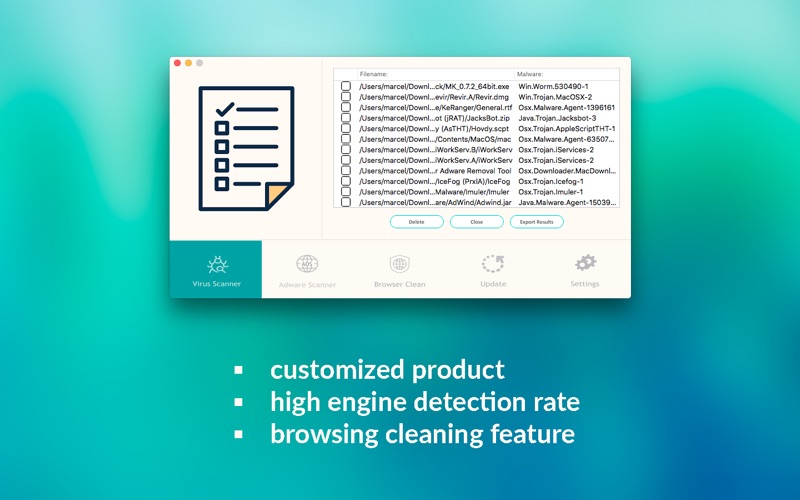
Interface 1 (site 0): Loopback Pseudo-Interface Preferred address ::10.0.0.2, infinite/infinite Interface 2 (site 0): Tunnel Pseudo-Interface Multicast address ff02::1:ff00:2, 1 refs, last reporter Preferred address fe80::a00:2, infinite/infinite

Interface 3 (site 1): 6-over-4 Virtual Interface Multicast address ff02::1:ffaa:20a2, 1 refs, last reporter Multicast address ff02::1, 1 refs, not reportable Preferred address fe80::210:5aff:feaa:20a2, infinite/infinite Ipv6 if Interface 4 (site 1): Local Area Connection You can view your link local address by using ipv6 if, as demonstrated in the following example: Therefore, the link-local address of this example node with the prefix fe80::/64 and the interface identifier 02-60-08-ff-fe-52-f9-d8 is fe80::260:8ff:fe52:f9d8. The link-local address of a node is the combination of the prefix fe80::/64 and the 64-bit interface identifier expressed in IPv6 colon-hexadecimal notation. Therefore, the IPv6 interface identifier corresponding to the Ethernet MAC address of 00-60-08-52-f9-d8 is 02-60-08-ff-fe-52-f9-d8. The result is that for the first byte, 0x00 becomes 0x02. The second low-order bit of 0x00 is 0 which, when complemented, becomes 1. The Universal/Local bit, the second low-order bit of 0x00 (the first byte) of the MAC address is complemented.The hex digits 0xff-fe are inserted between 0x08 (the third byte) and 0x52 (the fourth byte) of the MAC address, forming the 64-bit address 00-60-08-ff-fe-52-f9-d8.If it is a 1, it is turned to 0, and if it is a 0, it is turned to 1.įor example, for the MAC address 00-60-08-52-f9-d8:

#How to convert mac address to an ipv6 interface id 64 bits
The last 64 bits of the IPv6 address is known as the interface identifier and is derived from the 48-bit MAC address of the network adapter. Link-local addresses have the prefix fe80::/64.

The following illustration shows the configuration of two nodes on a single subnet using link-local addresses.īy default, IPv6 configures link-local IP addresses for each interface corresponding to installed Ethernet network adapters. In IPv6 terminology, the two nodes are on the same link with no intermediate routers. This configuration consists of at least two nodes on the same subnet. The first configuration requires no additional configuration beyond installing the Microsoft IPv6 Technology Preview protocol.


 0 kommentar(er)
0 kommentar(er)
